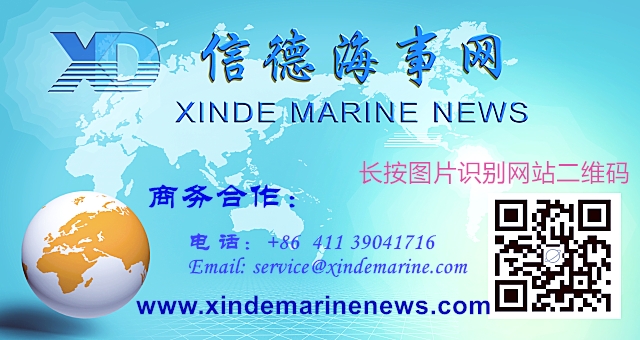China' water and pollution transfer

As China continues to modernise, its citizens also increasingly want to live in cities with low levels of air pollution. At the same time, China's government - as with any government - remains determined to reduce the number of talented people leaving the country. Reducing brain drain, improving the health of its citizens, and having living standards in cities climb to levels closer to those in developed nations will remain of paramount importance in China going forward.
We remain of the view that upcoming years will witness China source a larger proportion of its commodities (including industrial commodities like iron ore and coal, and water intensive commodities like grain) from abroad. This will remain advantageous to the dry bulk market. In the case of iron ore and coal, China also remains set to continue shifting away from the mining of low quality types of these commodities. We also are of the view that a partial transfer of pollution will become a larger issue to the Chinese government as the years progress. One example is that China's push to tackle pollution is having an adverse effect on Brazilian rain forests (where more iron ore is being mined and exported from).
Mining is harmful to the environment in any nation where it is taking place. In addition to the direct impact, waste is produced, water is affected, and dust often pollutes the air during the mining and proceeding ground transportation of raw materials. China, in particular, has long been plagued from dust escaping open-top railcars used for transporting ore, coal, and other raw materials. This has become a secondary polluter from the domestic mining of industrial commodities. Dust also escapes from trucks, and trucks of course have their own polluting emissions. Overall, a large amount of China's commodities are mined in the central and western parts of China, and these commodities must then be transported long distances to reach power plants, steel mills, and other heavy polluters that are often located near the coast.
Using the same commodity that has been imported rather than mined domestically is better for China's environment and air whenever imports are available (and of course using the highest quality, which is where imports dominate, is always the best). China's government is well aware of this, and we continue to anticipate seeing more of a partial transfer of pollution take place. China is set to mine less low quality raw materials, while countries like Brazil will mine more of their own high quality raw materials.
Going forward, we remain particularly bullish for China's iron ore imports for both the near term and long term. We are bullish due to pollution concerns and also seasonality. Data throughout this decade has shown that Chinese iron ore imports always climb in the second half of each year, even though China's steel output typically declines in the second half of the year. So far this decade, China's iron ore imports in the second half of year have increased by an average of 30.5m tons compared with first half of the year volume, and we remain of the view that global miners will continue to dictate Chinese iron ore import volume. China is set to mine much less low quality iron ore, while nations like Brazil are set to mine more high quality iron ore. China's domestic iron ore has an average iron content below 20%, while imports typically have an iron content ranging from 50% to 65%.
Demand for other high quality commodity imports is set to intensify in China as well, and overall we also expect to see more of a partial transfer of pollution take place as the years progress. China continues to sit on trillions of dollars of currency reserves and its urbanisation remains in relatively early stages, but the government must continue to combat pollution. It makes great sense for China to buy and import large quantities of high quality commodities. At the same time, Brazil and other nations will continue to look to their own raw materials (and the Chinese export market) for jobs and revenue. As time progresses, a partial transfer of pollution is likely to grow more prominent, just as it is likely that a global transfer of water (through the trade of agriculture) will intensify. Water is likely to become a much scarcer resource in the future, and China has long been suffering from regional water crises. Globally, it is estimated that about 70% of freshwater withdrawals go to agriculture - and since transporting water globally is not practiced in earnest,agricultuer imports are an effective means of water redistribution. China has about 18% of the world's population,but only an estimated 7% of the world's fresh water.As a result,we experts to see China import a much larger amount of agriculture in upcoming decades to help compensate for its relative lack of water.
投稿或联系信德海事:
admin@xindemarine.com


